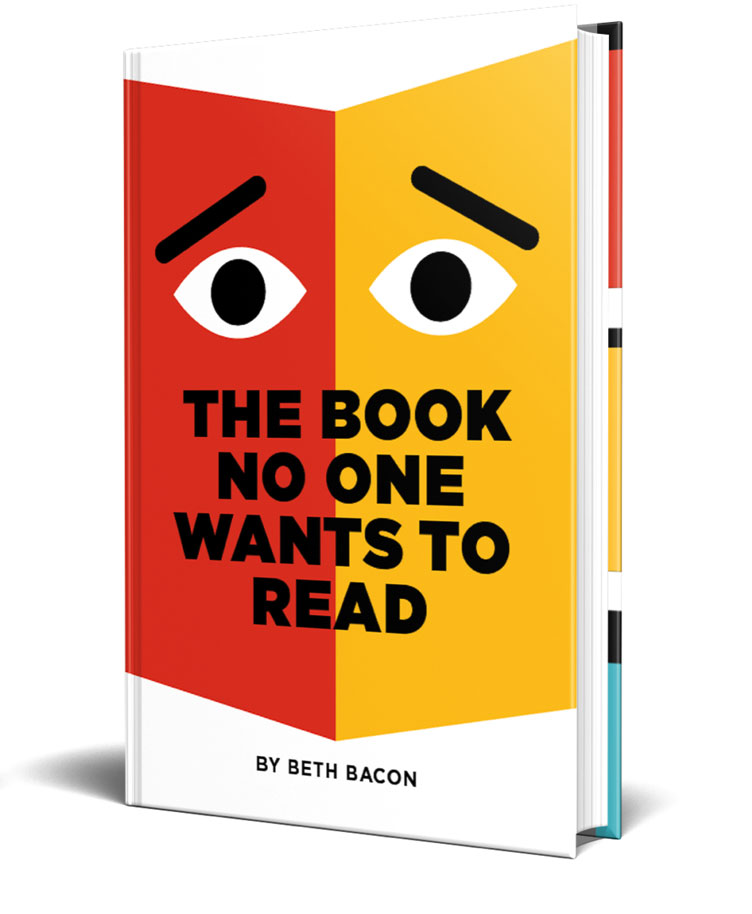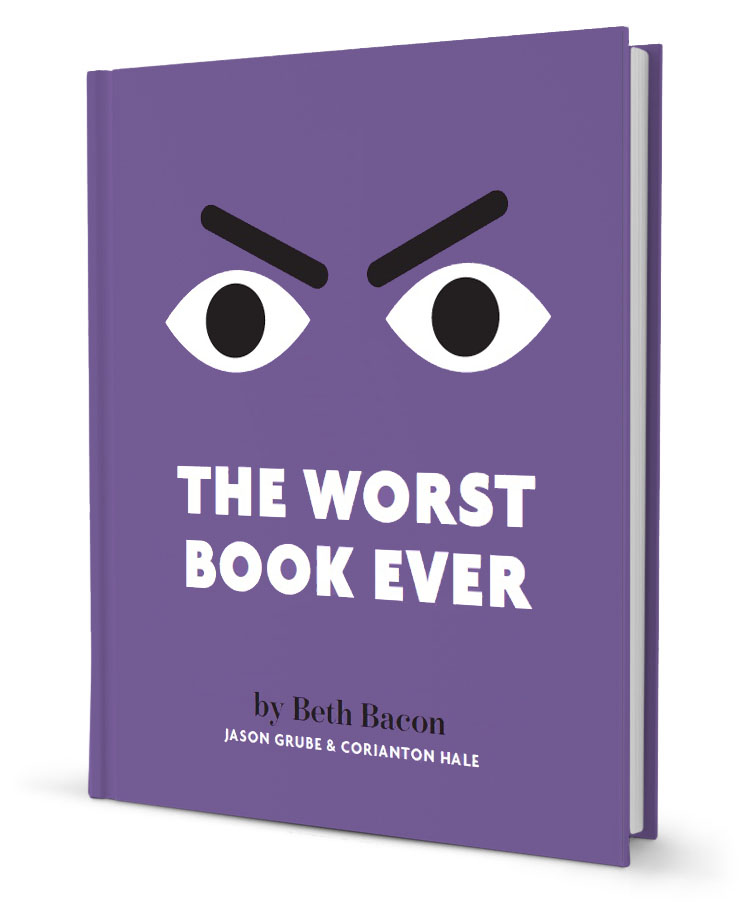Guest Post by Julie Hakim Azzam.
 If we define literacy as the ability to read and write, does that include the ability to read images? Is the skill of reading confined to decoding and comprehending words?
If we define literacy as the ability to read and write, does that include the ability to read images? Is the skill of reading confined to decoding and comprehending words?
I ask these questions as I look at the teetering stack of books on my son’s bedside table. More books, along with toys and stuffed animals, are strewn all over the floor. On the first day of fifth grade, the kid arrived to school with a stack of books in his arms. Looks like I’m raising an avid reader, right?
Yes and no.
That stack of books he brought to fifth grade? All comic books. Those books on the nightstand? Graphic novels. We’ve been told that reading visual texts such as comics and graphic novels isn’t reading; it’s looking.
I see my son’s classmates reading the latest Newbery honor books, Harry Potter books, and 39 Clues. Those books sit untouched on our shelves. While I can get my son interested in the stories of some of these books by playing audiobook versions in the car, he won’t pick up the book and actually read them.
It’s as if the blocks of text on the page and lack of white space are too intimidating. Books without pictures? Inconceivable. He just can’t. This kid who carries around stacks of graphic novels and comics is branded by teachers a “reluctant reader.”
There’s a growing concern amongst parents of upper-elementary aged children that their kids are reading too many graphic novels, to the exclusion of anything else. One mother of a fifth grader confessed to banning graphic novels in her home, and was forcing her son to read novels and nonfiction with fewer images.
Her reasoning was this: Middle school was just a year away, and with it, a language arts curriculum full of classic and modern works of literature, which most certainly, weren’t going to be visual texts. Plus there would be a slew of textbooks. All of these materials would be text, not image, based.
In our current understanding, literacy is the ability to read and write, and that ability to read resides predominantly in decoding and comprehending words on the page. But what if we expanded the concept of literacy to include the ability to read images?
Nuanced, multi-layered stories—and images
Last year I taught an excerpt from Alison Bechdel’s graphic memoir, Are You My Mother? to a group of first-year college students. Bechdel’s illustrations, like her stories, are nuanced and multi-layered. Because these students had never been taught to view images as sources of information, they were unable to notice things about them or make meaning from them. What’s going on in these pictures, I’d ask? I’d get silence in return. We spent an entire week discussing how images can be “read,” and some of the terminology and formal elements of graphic work.
Clearly, the ability to read images is neither innate nor easy; it is something that comes with practice. Children today are coming of age during a publishing boom of quality, sophisticated graphic novels, nonfiction, and memoir. As a result, is it any wonder that their visual literacy skills are more advanced than that of a generation ago?
Advanced Visual Literacy
 Visual literacy and visual rhetoric are crucial not only to visual-based media such as television, film, photography, and advertising, but they play a role in branding, propaganda, and the creation of public memory through statuary and other symbols. Visual culture encompasses not just the arts and media, but the very act of remembrance. At the time of this writing, our nation is deeply divided over the question of whether statues of Southern Civil War generals serve as reminders of history or if they are displays of white power and need to be removed. This question gets at so many issues, but it is occurring over the interpretation of visual symbols.
Visual literacy and visual rhetoric are crucial not only to visual-based media such as television, film, photography, and advertising, but they play a role in branding, propaganda, and the creation of public memory through statuary and other symbols. Visual culture encompasses not just the arts and media, but the very act of remembrance. At the time of this writing, our nation is deeply divided over the question of whether statues of Southern Civil War generals serve as reminders of history or if they are displays of white power and need to be removed. This question gets at so many issues, but it is occurring over the interpretation of visual symbols.
I don’t want to discount that very real need for children to develop classic, text-based literacy skills. These are, and will continue to be, important for a child’s success in school and beyond. I also don’t advocate children reading one genre to the exclusion of everything else; I am a firm believer in a varied literary diet. 
At home, I am trying to incorporate transitional books that incorporate one smaller image per page, but that are predominantly text based, with plenty of white space all around. So far, I’ve found Wild Robot by Peter Brown, Jake the Fake Keeps It Real by Craig Robinson, Adam Mansbach, and Keith Knight, and Lights, Camera, Middle School! By Jennifer and Matthew Holm to be excellent books that transition from graphic novel to chapter book and keep a young reader’s attention throughout.
Anyone Can Look: Not Anyone Can Read
There’s a tendency amongst educators to separate visual reading from text-based reading, and to discount the former as looking. Anybody can look, but not everybody can read. But that’s clearly not true: looking (if we’re to call it that) is reading. Yes, it’s a different form of reading, but it’s one that should be incorporated into the larger category of literacy.
When your child reads a graphic novel, she is learning to “read” the messages conveyed by images, and to develop non-linear reading skills that are compatible with the kind of texts produced in an increasingly digital world. This is not to be lamented, but valued as a different way in which meaning is transmitted. While print-based literacy will always be important, we should refine our understanding of literacy to include—and value—visual literacy.
About our Guest Blog Author
Julie Azzam teaches writing at the University of Pittsburgh and is an administrator in the School of Art at Carnegie Mellon University. She writes about literature and reviews books for the Pittsburgh Post-Gazette, The Times (London), the Horn Book Magazine, and The Horn Book’s Family
Reading blog.






0 Comments